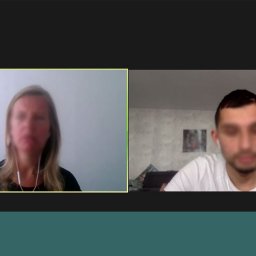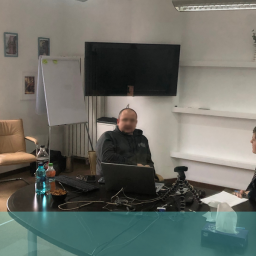
Localise your product before you conduct international user testing
When carrying out international user testing we often find that basic issues interfere with the user experience and quality of the research. This is true even of same market user testing actually but with international projects the investment is often larger and so the impact on the opportunity cost is greater.
In our experience, the biggest difference for companies when they approach international user testing is they do it as a big bang. They plan as if they will only do the research once and try and fit as much into it as they can. Often, particularly when working with us, that is not because the actual cost of running the research is greater than in the home market, but because the additional costs in terms of travel, time out of the office, jet lag etc are so much greater that it feels like a big deal.
However, as with all user testing projects the preparation doesn’t always go into the test asset before it appears in front of users. Even for our UK clients user testing in the UK we will often recommend a quick expert review of the test asset to identify quick changes that can be made before it goes in front of users. Changes can include the following:
- Numbers – particularly in prototypes ensuring that numbers add up or make sense for shopping baskets, products etc. is important
- Spelling – users will get hung up on the smallest thing and typos reflect badly on the brand and can stick in their heads
- Form and fields – ensuring best practice is in place, or even that the prototype is in line with existing UX governance within the organisation means we are not putting already broken ‘stuff’ in front of users
For international projects the same issues can be sorted out before getting on a plane through an expert review but in addition we suggest looking at the following:
- Colloquial terms: making sure you have checked that terms you use in your home market are understood in the target market. This is not just translation. Years ago we had a project that had the term “lucky dip” translated by the client. When we arrived in Macau we found that no one knew what a lucky dip was.
- Formats: such as time can be different. for example in the USA the 24 hour clock is seen as military time and not recognised by many consumers.
- Colour: colours have different meaning between countries. Making sure you are using the correct local colours if they are supporting an action – such as button colour on a CTA will avoid confusion in testing.
None of the items mentioned above are unknown elements that need to be researched to be identified. Adding a couple of days to the engagement to get someone like UX24/7 to do the basic localisation will make far more of the research investment you are making.
If you are interested in learning more about international user testing or are entering a new market and want to know what you are launching works for the local consumers please contact us today on +44(0)800 0246 247, or email hello@ux247.com or contact us.

















